RECHERCHE PAR CATEGORIES
RECHERCHE PAR INSPIRATIONS
- Shock absorbers
- Thermal bands
- Aluminum boxes
- Rear curls
- Bubbles
- Turn signals
- Commodos
- Meters
- Rear shells
- Exhaust
- Rear lights
- Air filters
- Forks
- Wardrobe
- Handlebars
- Brake and clutch levers
- Side plates
- Handles
- Headlights
- Footrest
- Tanks
- Mirrors
- Stool
- Silent
- Fork bellows
- Insurance supports
- License plate supports
- Shock absorbers
- Thermal bands
- Aluminum boxes
- Rear loops
- Bubbles
- Turn signals
- Commodos
- Meters
- Rear shells
- Swine
- Rear lights
- Air filters
- Forks
- Wardrobe
- Handlebars
- Brake and clutch levers
- Side plates
- Handles
- Headlights
- Footrest
- Tanks
- Mirrors
- Stool
- Silent
- Fork bellows
- Insurance supports
- License plate supports
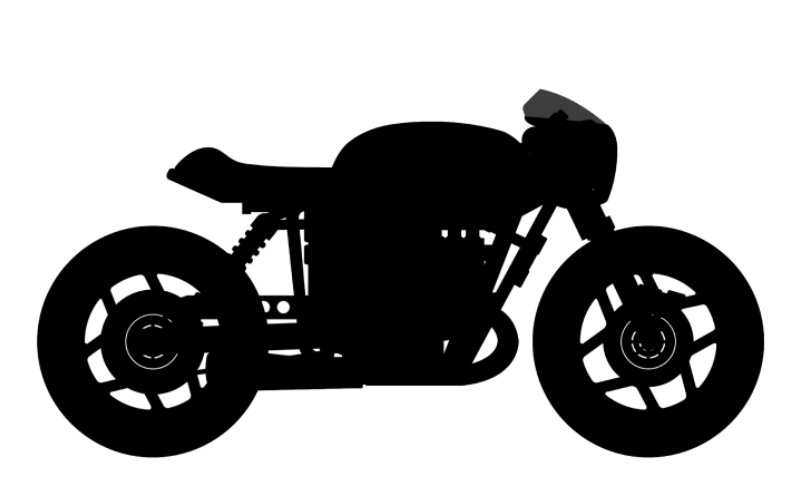
- Shock absorbers
- Thermal bands
- Aluminum boxes
- Rear curls
- Bubbles
- Turn signals
- Commodos
- Meters
- Rear shells
- Exhaust
- Rear lights
- Air filters
- Forks
- Wardrobe
- Handlebars
- Brake and clutch levers
- Side plates
- Handles
- Headlights
- Footrest
- Tanks
- Mirrors
- Stool
- Silent
- Fork bellows
- Insurance supports
- License plate supports

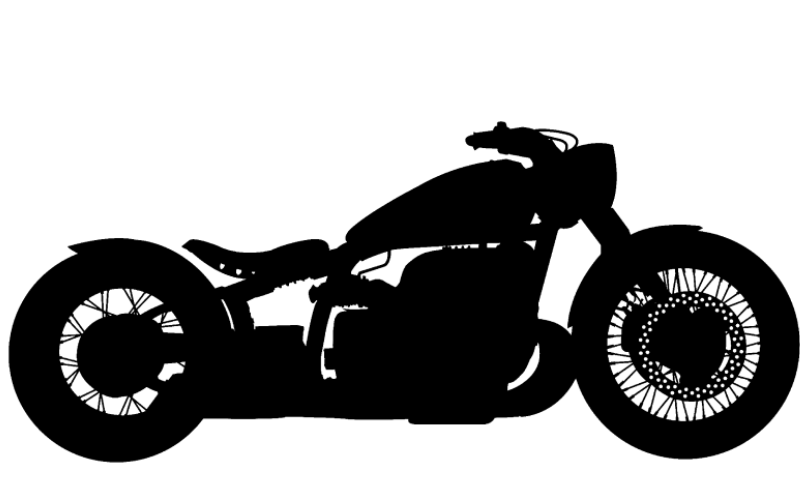

- Shock absorbers
- Thermal bands
- Aluminum boxes
- Rear loops
- Bubbles
- Turn signals
- Commodos
- Meters
- Rear shells
- Swine
- Rear lights
- Air filters
- Forks
- Wardrobe
- Handlebars
- Brake and clutch levers
- Side plates
- Handles
- Headlights
- Footrest
- Tanks
- Mirrors
- Stool
- Silent
- Fork bellows
- Insurance supports
- License plate supports
What is a Cafe Racer?
September 26, 2023 1 Comment
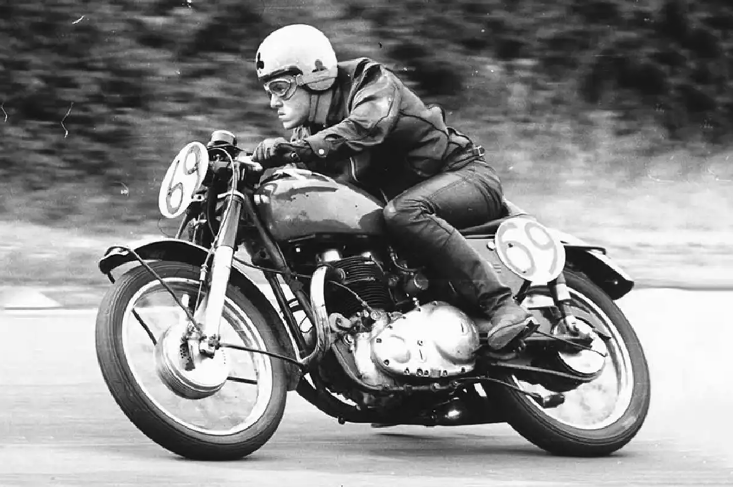
Introduction
THE Café Racer is an icon of motorcycle culture for decades, embodies the spirit of freedom, speed and individualism.
This phenomenon, born in United Kingdom In the 1950s, evolved over time to become a global movement which continues to seduce motorcycle lovers and aficionados of the vintage culture.
In this article, we will dive deeply into the universe of Café Racer, by exploring its history, its aesthetics, its fundamental values and its impact on the contemporary motorcycle.
Mechanical freedom
Motorcycles are much more than simple means of transport. They embody the passion, there freedom and the lifestyle.
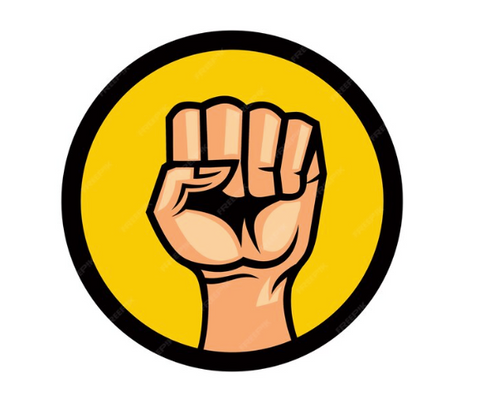
Among the many motorcycle subcultures, Café Racer is distinguished as a tribute to raw elegance and pure speed.
But what is a Café Racer, beyond its distinctive aesthetic and its reputation for fast machines?
In this presentation of the Racer coffee style, we are going to dive into its history, its philosophy, its technical characteristics and its place in the motorcyclist culture contemporary.
Origins and History of Café Racer
To understand what a Café Racer, it is essential to dive into its history.
Café Racer dates back to the 1950s and 1960s in England, an era marked by a new generation of young bikers seeking to escape the monotony of daily life.
The name "Café Racer" has its origin from informal speed races which were held between two cafes.
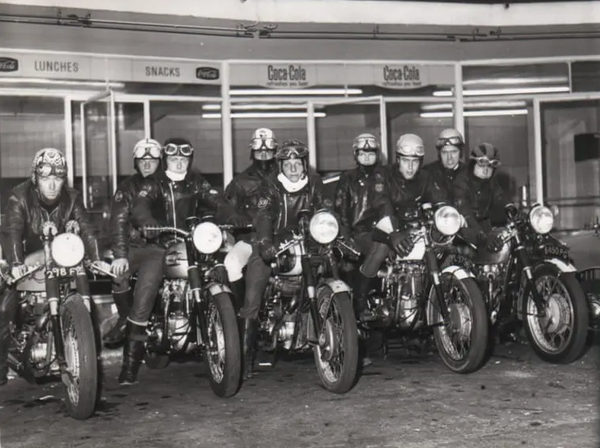
Young pilots, eager to show their talent and test the speed of their motorcycles, launched themselves into Dthe street races to reach the next cafe as quickly as possible.
One of the most emblematic motorcycles of that time was the Triumph Bonneville, a British machine known for its timeless power and style.
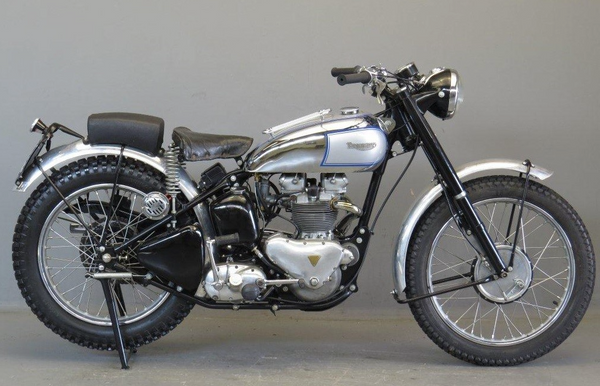
Coffee lovers have changed these standard motorcycles by removing the whole superfluous to make them lighter and faster.
THE single -seated stools, THE fuel tanks minimalist and Low handlebars were characteristic of Cafe original. This approach to the personalization of motorcycles gave birth to a movement that quickly gained popularity.
Original coffee rar motorcycles were often models of British brands such as Triumph, Norton And Bsa.
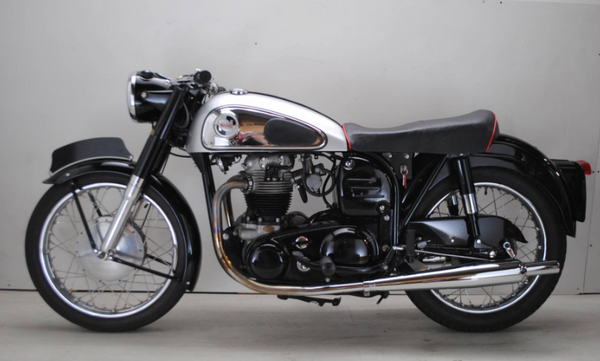
However, personalization was not limited to aesthetics. The bikers of Café Racer were also obsessed with performance.
They adapted motors, replaced the original parts with more components efficient, and sought to reach high speeds on the open roads.
This quest for Speed and adrenaline was one of the fundamental aspects of Café Racer movement.
Café Racer philosophy
Racer coffee is not just limited to an appearance or aesthetic, It is also a philosophy of conduct and life.
THE Coffee Racer is not only a motorcycle style, it is also an attitude and an ethics of life.
Bikers Café Racer are often associated with values such as freedom, individualism and the refusal of conventions.
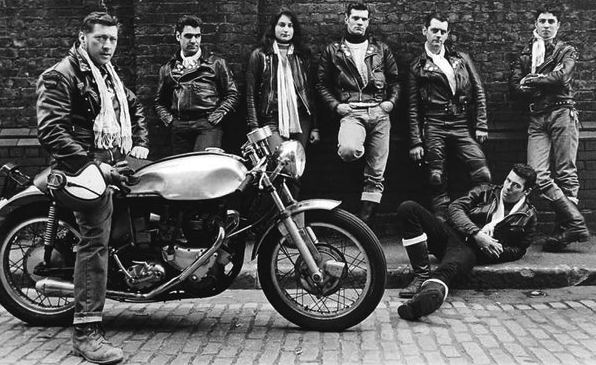
The spirit of non-compliance and independence that drives bikers Café Racer is at the heart of their identity.
Here are some key principles that define this philosophy:
- Simplicity and minimalism : Coffee Racers are stripped of everything that is superfluous. Unnecessary elements are removed to reduce weight and improve performance. The motto is "less is more".
- Performance and speed : Coffee racers are designed to be quick. They are often equipped with powerful and light motors, making agile machines capable of quickly exceeding speed limits.
- Style and individuality : Each Racer coffee is unique. The owners bring their own personal touch to their motorcycles, thus creating works of art on two wheels.
- Increased driving : Coffee racers encourage active and involved driving. Bikers are encouraged to feel the road and connect with their motorcycle.
Technical characteristics
Coffee racers are distinguished by several specific technical characteristics which contribute to their appearance and their unique performance. Here are the key elements that define a racer coffee:
- Framework and suspension : Coffee frames Racers are often modified to lower the motorcycle and create a more sporty driving posture. THE suspensions Front and rear are usually firmed for better handling.
- Engine : Engine power is an essential element of a racer coffee. Serial engines are often improved to offer more power, torque and responsiveness.
- Single -seater saddle : The "cafra" racers generally display a single -seater saddle Profile that accentuates the sporting aesthetics of the motorcycle.
- Fuel tank : THE fuel tanks are often smaller and more elegant than those of serial motorcycles. They are designed to adapt to the general motorcycle line.
- Low handlebars : THE Bracelets handlebars Encourage a front driving position forward which promotes sports driving.
- Personalized exhaust : THE exhaust personalized are common to improve the sound of the engine and reduce weight.
Cultural influence
Café Racer is not limited to the world of motorcycles. He also exerted a significant influence on popular culture, including music, fashion and cinema.
In music, Café Racer is often associated with the rock 'N' Roll scene.
Rock groups of the 1950s and 1960s, such as The Beatles, The Rolling Stones And Elvis Presley, were often photographed on Racer coffee style motorcycles.
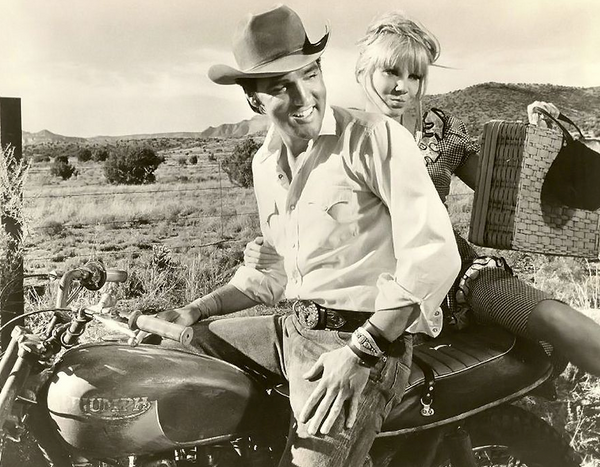
This association between rock music and Café Racer has continued over the decades, strengthening the rebellious and cool image of the movement.
In the fashion field, Café Racer has also left its brand. Leather jackets, black jeans and motorcycle boots have become emblematic elements of the Racer coffee style.
Fashion icons, such as James Dean And Steve McQueen, helped popularize this aesthetic.
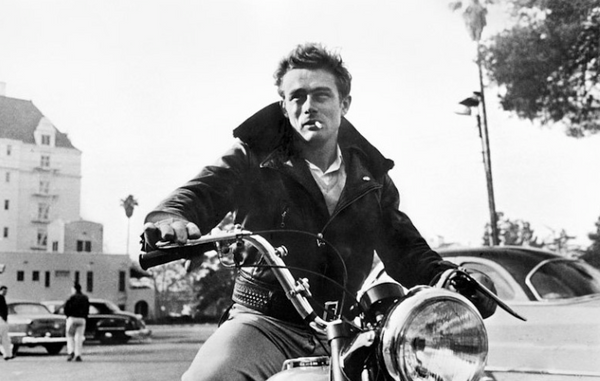
Cinema has also played a major role in the dissemination of Café Racer culture.
- Films such as "The Wild One"(1953), featuring Marlon Brando, helped establish the image of the rebel biker, while more recent films such as"The Girl with the Dragon Tattoo"(2011) presented motorcycle scenes inspired by Café Racer.
Contemporary developments
Although he was born decades ago, he continues to evolve and influence contemporary motorcycle culture.
Coffee Racer continues to evolve and reinvent itself over time. While the essence of theCafé Racer spirit Remain unchanged, new tendencies and influences shaped movement in the 21st century.
A notable trend is the adoption of Racer coffee by bikers around the world.

Speed racing on salt lake with prepared racer coffee
While it was initially centered on the United Kingdom, the Café Racer movement has extended to other countries, in particular the UNITED STATES, THE Japan and theAustralia.
Each region has brought its own touch to Racer coffee style, thus creating a variety of sub-genres and variants.
You can discover some variants among our blog articles on the Yamaha Fazer and the Suzuki Bandit.
Another major development is the integration of modern technologies in Coffee Racer motorcycles.
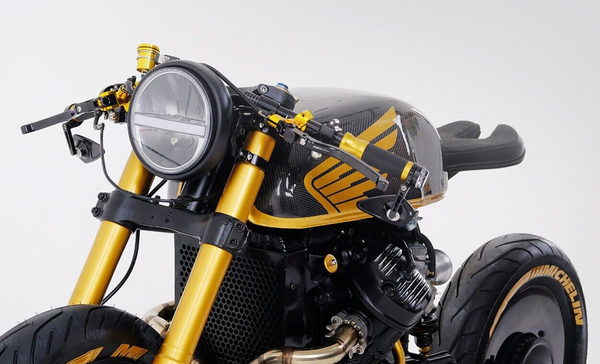
Electric motorcycles, for example, have appeared in the world of Racer coffee, offering a clean and silent alternative to combustion engines.
In addition, advanced electronics has become common, with traction control systems, touch screens and LED headlights.
Here are some recent trends and developments:
- The resurgence of Café Racer : In recent years, Café Racer has experienced a major resurgence of popularity. Motorcycle manufacturers have even started producing models inspired by Racer coffee.
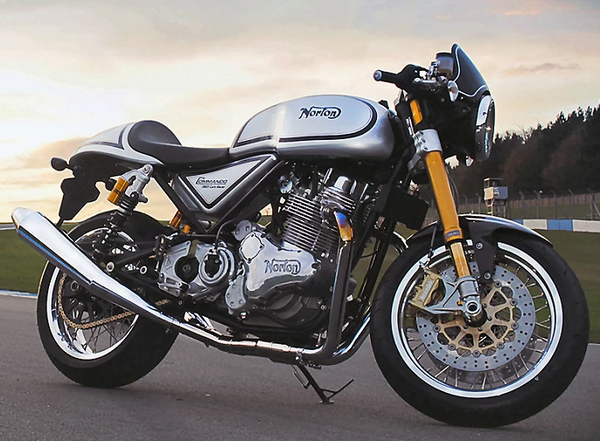
- Incorporation of modern technologies : Some lovers of "Cafra" integrate modern technologies such as electronic injection, ABS and digital screens while preserving the classic appearance.
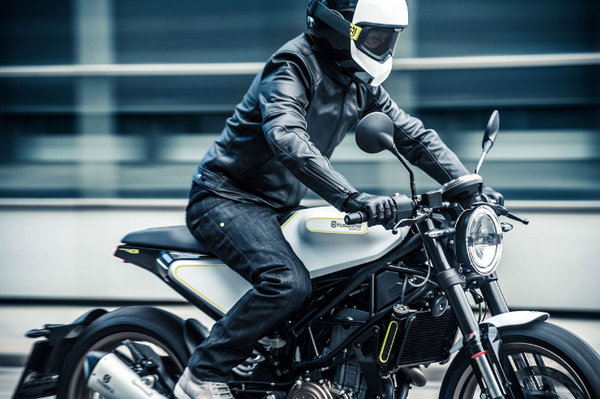
- Extreme customization : Customization has become an art form, with personalized coffee racers that push the limits of creativity.
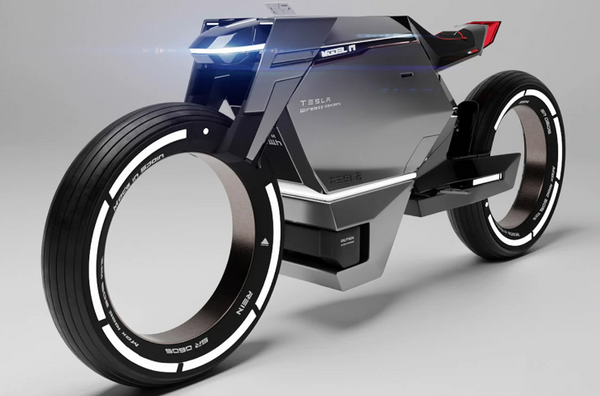
- Events and gatherings : Events and gatherings of Coffee Racers are increasingly popular, allowing enthusiasts to meet to celebrate their love for these special motorcycles.
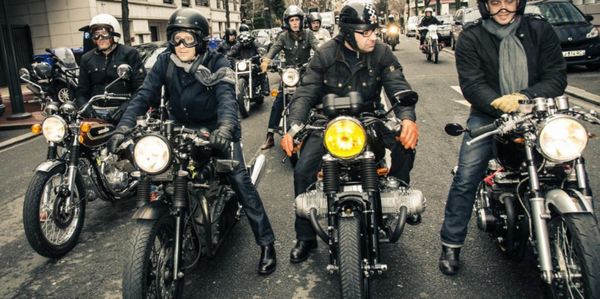
Gathering "Vintage Rides"
Conclusion
THE Café Racer There remains an icon of motorcycle culture, with a rich and lasting heritage.
In conclusion, a racer coffee is much more than a simple motorcycle. It is a declaration of style, of speed and passion for driving.
Its influence on the motorcycle industry, the popular culture and fashion continues, and many bikers continue to identify with the Café Racer movement.
The inheritance of Racer coffee lies in its power to Captivate imagination People, to encourage them to seek individuality, speed and adventure.
He recalls that the motorcycle is not only a means of transport, but also a self -expression and a source of freedom.
1 Response
Leave a comment
Comments will be approved before showing up.
Subscribe
Sign up to get the latest on sales, new releases and more …


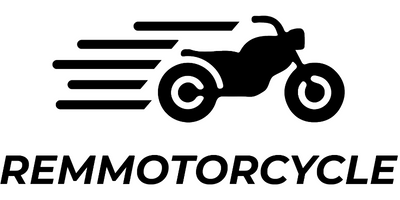










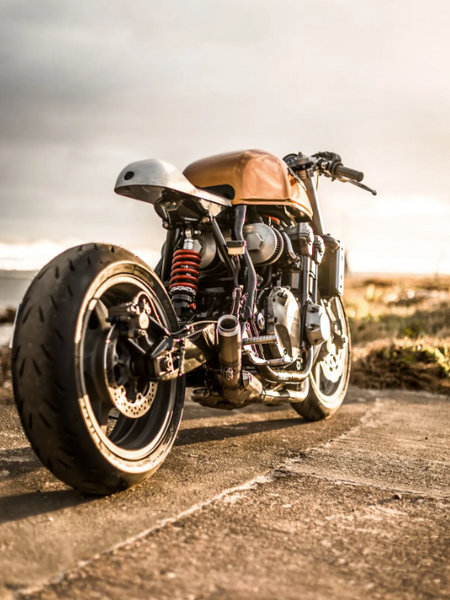
Belouafi
October 03, 2023
Très belle article.😉✌️